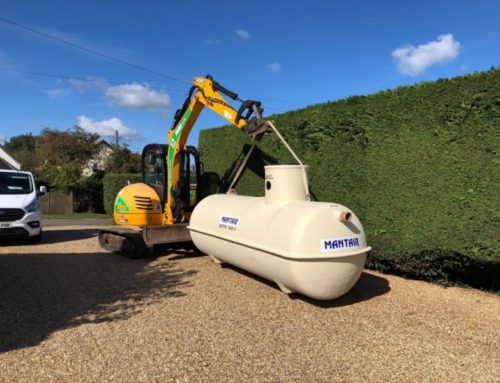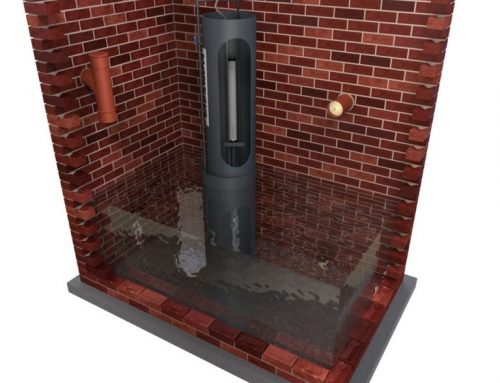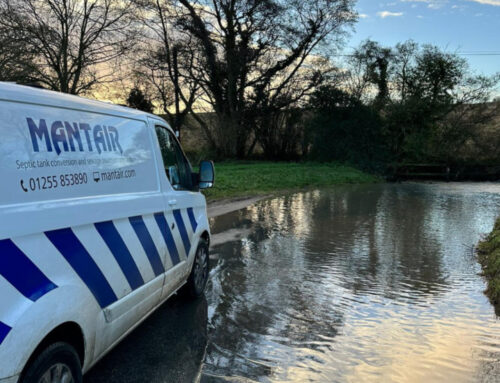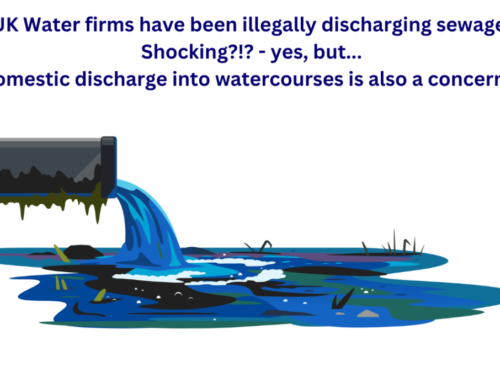The clear message from the Environment Agency’s Flood Action Week (7 Nov – 13 Nov) is for communities to be prepared for flooding this winter. The Met Office has predicated an above average likelihood of a wet winter this year, with the Environment Agency warning of “ignoring the danger at your own peril.”
Since 1998, we have seen six of the ten wettest years on record.
This year, we have seen three named storms in one week!
At least one in six people in England are at risk from flooding from rivers and the sea, with many more at risk from surface water flooding.
Nearly two in three households who are at risk of flooding, don’t believe it will happen*
At the time of writing this blog, the Met Office have multiple flood warnings and alerts in place across the UK. As these stark weather warnings seem to be becoming more common place, a key message from COP27 is that we must plan and prepare for increasingly extreme weather events.
What does this increased rainfall mean for your septic tank?
Surface water is rainwater that runs off from your roofs, gutters, driveways and patios. Heavy rain (or melted snow) will generate excess surface water.
This surface water can affect the water table, causing it to rise. This can affect the performance of your soakaway/drainage field, and subsequently, the water level within your septic tank and incoming drain runs.
If your drainage and roof water system has been installed incorrectly, your roof water may be connected to, and mixing with your wastewater. This could have major consequences on the effectiveness of your drainage system. Too much water entering your tank can cause your system to struggle to cope, overload and flood. Increased suspended solids may also pass into your soakaway/drainage field, causing blockages, or shorten the life span of your soakaway/drainage field. Older brick built septic tanks can also become porous, which could allow ground water to enter the tank, causing further raised levels within the tank.
Septic tanks or sewage treatment plants are not designed to cope with the excessive flow rate and sudden surges of water caused by excessive rain fall. Flooding needs to be investigated quickly to ensure that your septic tank isn’t overwhelmed.
What could happen?
Excessive rain may highlight problems with your septic tank that you were previously unaware of. Look out for the following signs of potential septic tank failure:
- Flooded patches forming in your garden
- Difficulty flushing your toilets
- Abnormal bad smells
- Flooded incoming drain runs
- More frequent tank emptying intervals
What can you do to help?
Firstly, make sure that only foul water is entering your septic tank and that surface water is not tied into the same drainage system. The older the system is, the harder it will be to deal with excessive rainfall. If you need advice on updating your system, please contact us.
It is important to ensure that your system is maintained regularly and checked correctly through periodic maintenance and servicing.
Ensure that your septic tank is emptied on an annual basis. If you find that you are having to empty your tank more regularly, then this is a sign that you may have a problem.
Follow the Environment Agency’s three simple steps: Plan ahead for flooding and know what to do if flooding hits. Check your flood risk online. Signup to flood risk alerts.
Contact us
If you experience any of the issues mentioned in this article or have any other septic tank problem, we recommend that you get your system investigated. We offer a free site survey to see how we can help you overcome these problems. Contact us to arrange your free site survey.
*Environment Agency statistics and research



